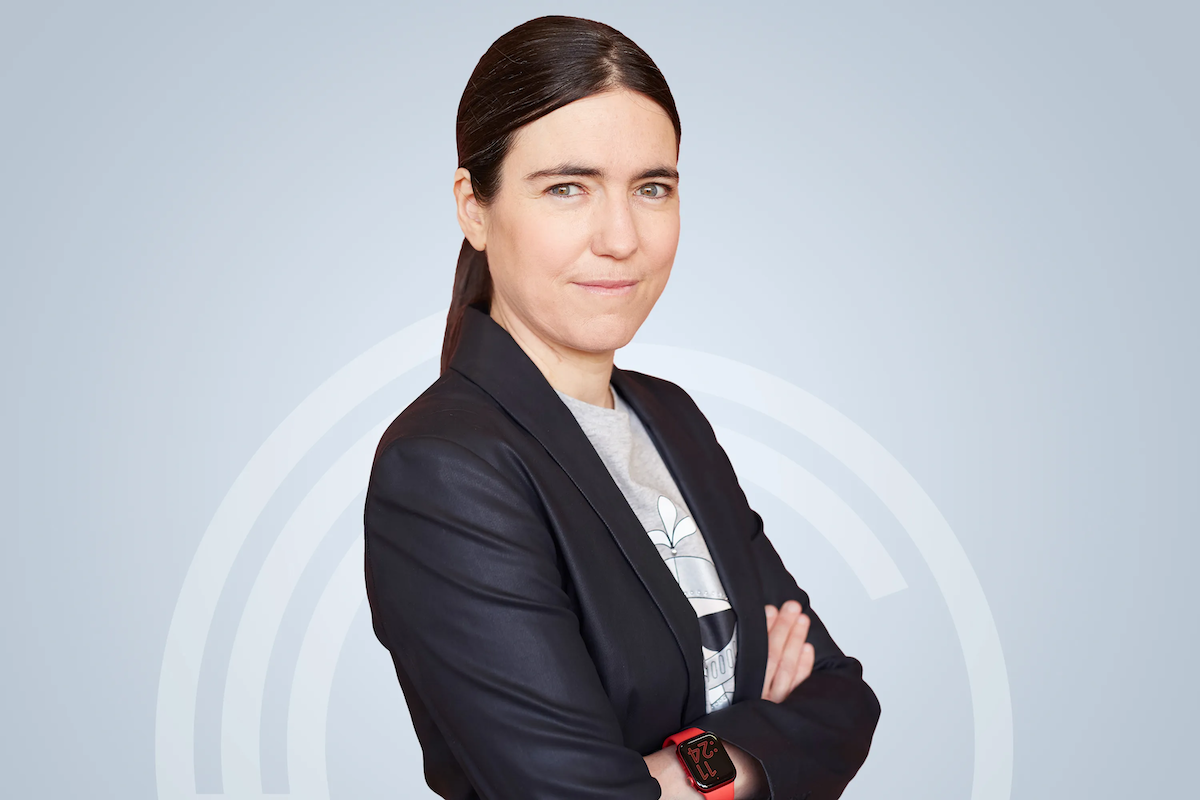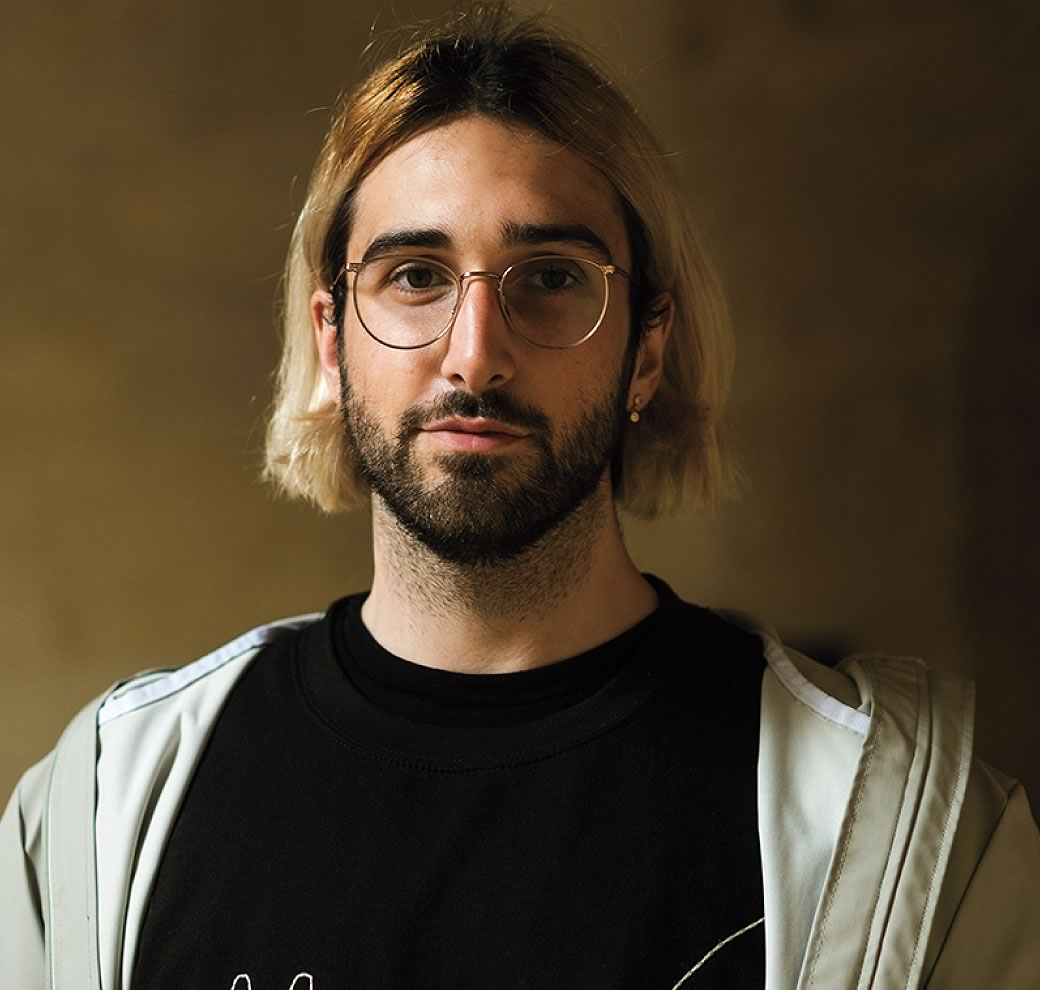Traditional approaches to developing self-driving technology are incredibly labor- and capital-intensive and rely on exposing the vehicle to millions of real-world miles. These approaches also use hand-engineered systems that result in complex, brittle, inflexible, and unwieldy software stacks that cannot handle all situations that might happen on the road.
Waabi is taking a new approach, tapping into the power of generative AI to unlock autonomous trucking at scale. We replace the majority of real-world testing with our next generation AI-powered simulation and have developed a foundation AI model for the self-driving brain – a single AI system that can solve all the tasks necessary for driving. Today, our AI-powered autonomous trucks are driving on public roads, doing commercial runs for some of the largest companies.
Trucking is the backbone of our economy, but the industry has faced massive challenges over the past few years, stressing global supply chains beyond their limits. An acute trucker labor shortage and ongoing safety concerns are placing the future of the industry in jeopardy. Autonomous trucking offers a solution to many of the industry’s woes, and we are first applying our technology to self-driving trucks. But we plan to do much more. Thanks to the flexibility and superior generalization capabilities of our technology, we can adapt our technology to different use cases in a fraction of the time compared to traditional approaches.
Waabi uses generative AI to radically change how autonomous systems are developed, function, and deployed. We replace the majority of real-world testing with our next generation AI-powered simulation, Waabi World, which is the most scalable, highest fidelity closed-loop simulator ever, and the key to unlocking self-driving. Powered by generative AI, it is an immersive and reactive environment that teaches the software to learn to drive on its own, reducing the need for on-road testing.
We’ve also developed a foundation AI model for the Waabi Driver (the virtual driver that represents the self-driving “brain”) that is a single AI system that can solve all the tasks necessary for driving. The result is two distinct AI systems interact similar to the way a teacher interacts with a student who is learning how to drive. This creates a solution that is more efficient, scalable, and safer.





